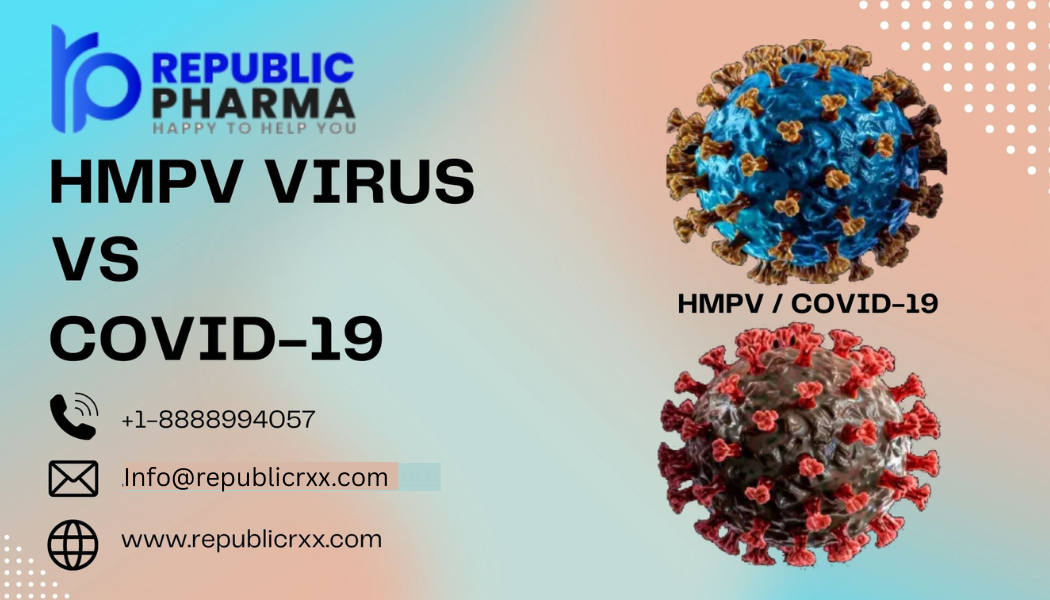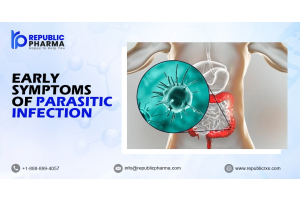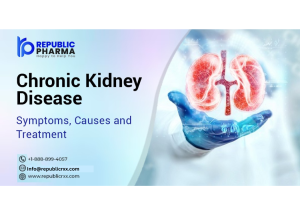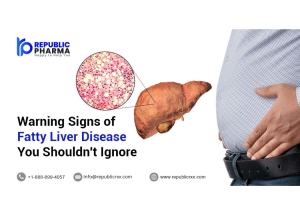hMPV Virus! A Growing Concern in Public Health Globally

What is the hMPV Virus?
The Human Metapneumovirus (hMPV) is a significant respiratory pathogen, first discovered in 2001. It primarily affects the respiratory system and is known to be a leading cause of respiratory infections, especially during the winter months. The virus spreads through respiratory droplets from coughs and sneezes, making it easily transmissible in crowded places.
Signs and Symptoms of the hMPV Virus
Symptoms of hMPV infection can vary but often include:
- Cough: Often persistent and may worsen over time.
- Fever: Can range from mild to high grade.
- Congestion: Nasal congestion or a runny nose.
- Sore Throat: Irritation or scratchiness in the throat.
- Wheezing: Especially in young children or individuals with asthma.
- Shortness of Breath: Difficulty breathing in some cases.
- Fatigue: General tiredness or weakness.
- Headache: Can accompany other symptoms.
- Muscle Aches: Common in viral infections.
Symptoms may resemble other respiratory illnesses, such as RSV or influenza.
In some cases, especially in vulnerable populations, symptoms can escalate to more severe respiratory issues.
Which Age Group of People Does the hMPV Virus Affect the Most and Why?
hMPV tends to affect infants, young children, the elderly, and those with weakened immune systems. Infants are particularly susceptible as their immune systems are still developing. The elderly face greater risk due to age-related decline in immune responses. For these groups, even mild respiratory infections can lead to serious complications.
Risk of the hMPV Virus on the Global Level
The hMPV virus poses considerable public health challenges due to its widespread transmissibility and the increasing numbers of infections reported globally. Outbreaks can strain healthcare systems, particularly during peak seasons. Moreover, with the overlap of hMPV infections and other respiratory illnesses, early detection and specialized care demand more attention.
Difference Between Respiratory Diseases Like COVID-19, RSV & hMPV
While hMPV, COVID-19, and Respiratory Syncytial Virus (RSV) share similar symptoms and modes of transmission, they differ in virulence, treatments, and populations affected. COVID-19, caused by the SARS-CoV-2 virus, tends to lead to more serious systemic effects and has a vaccine available. RSV primarily affects infants and can cause severe respiratory problems, but like hMPV, there's no specific antiviral treatment. Understanding these distinctions is crucial in managing public health responses.
Current Cases of hMPV Virus
As of recent health reports, cases of hMPV have been on the rise, aligning with the seasonal pattern of respiratory infections. Various countries have reported increased hospitalizations due to hMPV, highlighting the need for public awareness and preventive measures. Monitoring and tracking these cases are essential for effective containment and treatment strategies.
Treatment Available for hMPV Virus
Currently, there’s no specific antiviral therapy for hMPV. Treatment primarily focuses on relieving symptoms. This may include:
Supportive Care:
- Hydration: Ensuring adequate fluid intake.
- Rest: Allowing the body to recover.
- Humidifiers: Using humidifiers to help ease breathing.
Over-the-Counter Medications:
- Pain Relievers: Such as acetaminophen or ibuprofen for fever and aches.
- Decongestants: To relieve nasal congestion.
- Cough Suppressants: To reduce coughing.
Prescription Medications:
- Bronchodilators: May be prescribed if wheezing or difficulty breathing occurs.
- Antivirals are not commonly used for HMPV, but consult a healthcare provider for individual cases.
Severe Cases:
Hospitalization may be necessary for individuals with severe respiratory distress, particularly in infants, the elderly, or immunocompromised individuals.
Preventive Measures:
Good hygiene practices, such as handwashing, can help reduce the risk of infection.
Avoiding close contact with infected individuals. Always consult a healthcare professional for proper diagnosis and treatment tailored to individual needs.
In more severe cases, hospitalization may be required, where patients might receive supplemental oxygen or mechanical ventilation.
Conclusion
The hMPV virus represents a growing concern in public health, underscoring the need for increased awareness, research, and healthcare support. Vulnerable populations are at significant risk, and understanding its symptoms, transmission, and management is crucial for minimizing its impact. Through collaboration between health organizations and communities, we can work to mitigate the challenges posed by hMPV, ensuring better health outcomes for all





